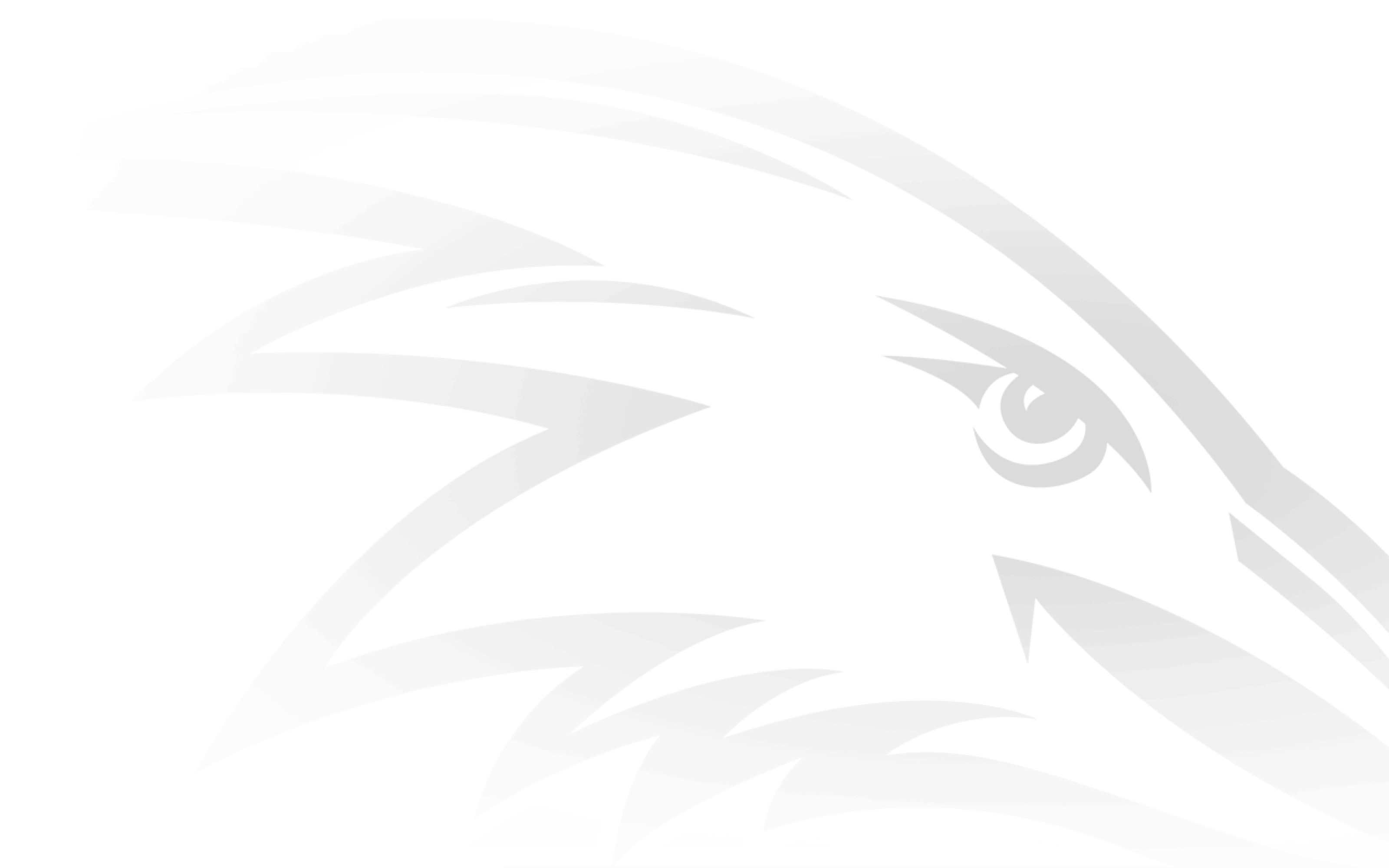Trigg on Adelaide Oval
Adelaide CEO Steven Trigg addressed nearly 300 members on Wednesday night at the Adelaide Oval information session in the Westpac Centre.
Adelaide CEO Steven Trigg addressed nearly 300 members on Wednesday night at the Adelaide Oval information session in the Westpac Centre.
The night was an opportunity for the club to speak with its members and address their questions and concerns about the proposed move to a newly designed Adelaide Oval.
Trigg stressed that the club’s position is still a tentative one, and he promised Adelaide’s members that while a lot is still to be resolved, the football club is working through all the issues to make sure the best possible outcome is achieved.
“I don’t stand here today and have all of the answers. I don’t stand here today saying to you we’re off, or we’re staying,” said Trigg. “Don’t be nervous about this, because we will make the decision that is best for the football club.”
“You could well be forgiven for thinking that this is a done deal and it is over the line, and there is so much rumour and innuendo about the publicly visible thing. It might well happen if we are significantly better off, but as of today it isn’t a done deal because there are some significant things that are still to be done.”
“We have always said, publicly and privately, if we can be better off than we will possibly support the move.”
A whole range of member concerns were addressed including what other options are available to the club, and what key issues are still to be resolved before a decision can be made.
“To stay at AAMI Stadium and do nothing to AAMI Stadium I promise you is not an option. The club has some challenges financially. This State government has been really clear, and we have tried to work into it and through any which way. There is no money for AAMI Stadium. I know a lot of you have said, ‘well let’s wait for a new government and explore new options.’
“Let me tell you, every waking minute has been spent thinking about how there is a better option. When you have $535 million of potential asset sitting in the city, it is the responsibly thing to do to work through it and see if you can make it work for your own organisation.”
Trigg spoke about three significant issues to be resolved before a decision to move or stay is made.
“Pending what Patrick and his team finally produce with the design and how it gets costed out, is quite a considerable number still that is the shortfall, that is able to produce the stadium that in our case, permits us to say that this could work.
“We need control of the precinct. Car parking is an issue and I understand that. Unless we control the precinct, and the council and others will dictate where and when, we can’t be sure.”
“Critically, is the carve up within football. Rent, licenses, occupancy, tenure, the deal, the travel. So there is a fair bit to be done within football. That part is very sensitive. What happens in football will be a key issue on whether we say yes or no.”
Designer Patrick Ness also spoke to members about key parts of the oval’s new design, the process that will be taken and what elements of the design that will make the stadium unique to Adelaide.
“We’re at a point in time now with the design where we’re not done, we’re just taking the first few steps,” Ness said.
“There are a number of groups that we build the stadiums for. One of them being you, the club members. You are designing for clubs to stay there and continue their traditions, and continue the rituals for generations.”
“You design for the spectator, so you’re undercover, you can see the play, and that you can take your families there for generations. The players, good quality surface, good lighting, good facilities.”
“We started this project inside out. What do we need to do that makes this really good quality for the next 30 years. Spectator viewing, connecting to the stadium to the city, and maintaining the character of Adelaide Oval are important. It’s not just about the match now. People come hours before and stay hours after and we want to keep that.”


